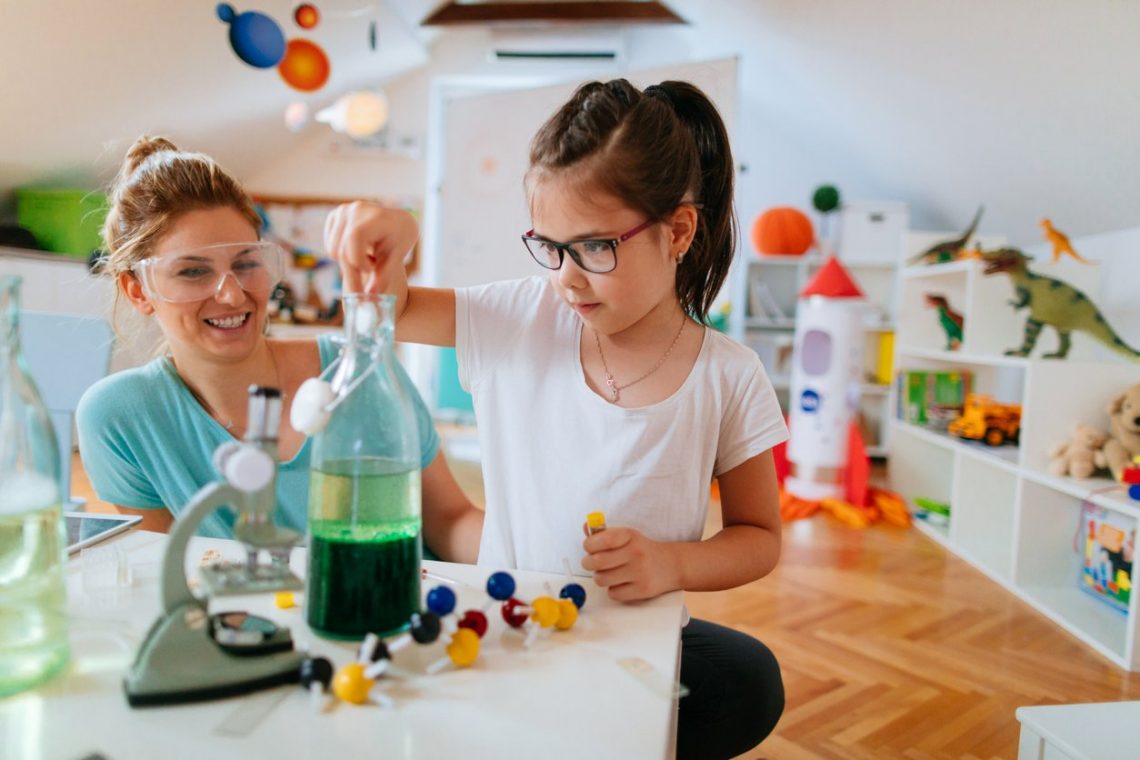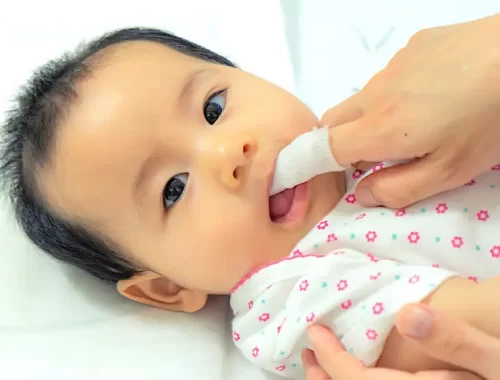
Fun With Chemistry: Having Chemical Magic Sessions With Kids (Part 2)
To be honest, chemistry is such a fun subject to learn and when it comes to chemistry projects, there’s no denying that it feels like magic.
So, how about trying some incredible and easy chemistry experiments with your kids, right at home?
The Self-Starting Fountain

Start by telling your kids that there is nothing to fear from these demonstrations, as no reaction can take place until you are ready for it. While you continue to talk in vain, move a bottle from one end of the table to the center. Keep assuring your kids that you will let them know just what is going to happen in each one of your demonstrations. As you are delivering this “patter”, the bottle you have just set in the center of the table will begin to spout like a fountain all by itself. After a few moments, you’ll see how the fountain will stop all by itself. Quickly take away the offending bottle and go on with the next demonstration on the program.
The bottle is a kind of miniature fire extinguisher. The first thing to do is to fit a single-hole stopper to the bottle. Then a medicine dropper with the rubber bulb removed is forced through the stopper from the underside so that the tip of the dropper is just beneath the top opening of the stopper. The bottle contains a solution of baking soda and water; the level of the solution is about halfway up the medicine dropper. A small open vial of vinegar is supported inside the bottle by means of a piece of stiff wire held in place by the stopper. The bottle should be covered with black paper so that the audience will not be able to see the inside arrangements.
If you tilt the bottle as you move it, the vinegar will spill out the soda solution. The soda and vinegar will then react to produce carbon dioxide gas, which will drive out the soda solution through the medicine dropper in a fine jet. When the solution level drops below the dropper, the fountain will stop playing. The soda solution is harmless – all you have to do is to clean up the mess with a sponge before you go to the next act.
A Powder That Bursts Into Flame

“Liquids seem to be a little undependable,” you will say. “Solid materials are more reliable.” Pick up a stoppered test tube from a rack and say: “I would now like to show you a really dependable powder.” Let your kids see it in the bottom of the test tube. “First,” you will say, “I shall pour out the powder onto the table here. When all the powder has been transferred to the table, we shall try a little experiment.” But no sooner has the powder begun to pour out from the test tube when it will burst into flame.
The powder is a finely divided form of lead, called the pyrophoric lead. To make It, add a solution of tartaric acid to a solution of lead acetate. Lead tartrate is precipitated. Filter it and let it dry in the air. Transfer the precipitate to a Pyrex test tube, hold it with tongs and heat the tube, but not too strongly. (Hold the mouth of the tube away from you). The lead tartrate is decomposed, fine particles of lead resulting. Stopper the tube when it cools. Hold it three or four feet above a cookie sheet or sheet of aluminum foil. Then unstopper the tube and sprinkle the contents onto the sheet. The lead particles will ignite as they come in contact with the air. For the best results, prepare the lead shortly before using it.
If you’ve missed the first article, why don’t you go back and take a look?
You May Also Like

Growing Together: Fun Vegetable Gardening Activities for Children
2024-01-31
Baby Oral Health: Essential Tips
2022-10-18

